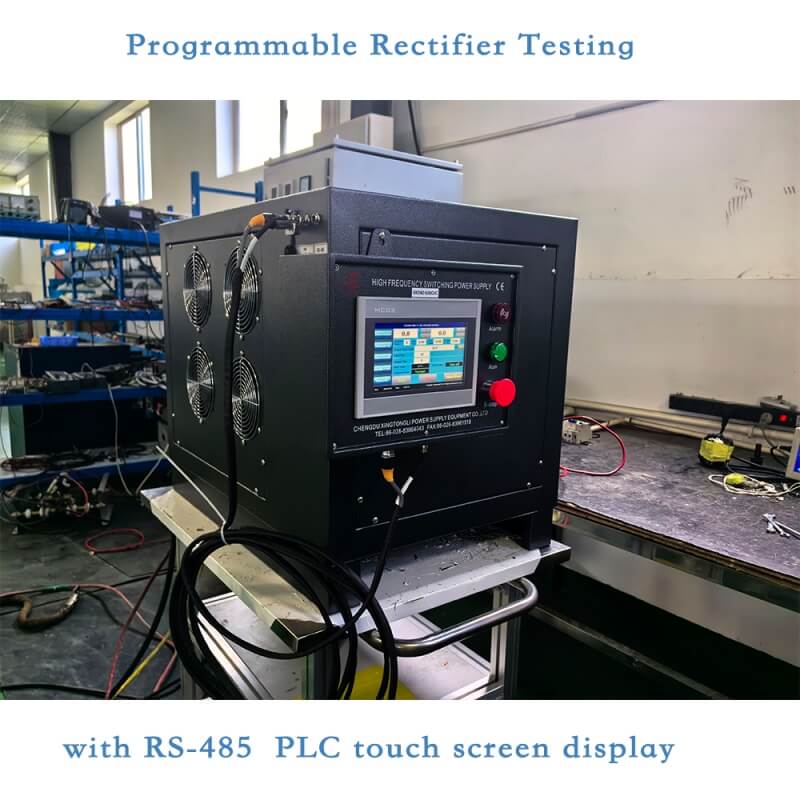In today’s industrial landscape, aluminum anodizing has emerged as a crucial technology that enhances the durability, aesthetics, and functionality of aluminum products. As industries continue to seek materials that offer both high performance and sustainability, anodized aluminum has become a favored choice across various sectors, from construction to electronics.
What is Aluminum Anodizing?
Aluminum anodizing is an electrochemical process that transforms the surface of aluminum into a durable, corrosion-resistant, and aesthetically appealing oxide layer. This process not only extends the lifespan of aluminum products but also allows for a wide range of surface finishes and colors, making it a versatile solution for manufacturers.
The anodizing process involves immersing aluminum into an acid electrolyte bath and applying an electric current. This causes oxygen ions from the electrolyte to combine with aluminum atoms on the surface, forming a thick, stable layer of aluminum oxide. Unlike other coatings that sit on the surface, this oxide layer is integrated into the metal itself, providing enhanced protection against wear and environmental damage.
Applications in Construction
In the construction industry, anodized aluminum is widely used for building facades, window frames, and decorative panels. Its ability to withstand harsh weather conditions, resist corrosion, and maintain its appearance over time makes it an ideal material for both functional and aesthetic purposes. Additionally, the anodizing process allows for a variety of colors and finishes, enabling architects and designers to create visually striking structures.
One notable example of anodized aluminum in construction is its use in modern high-rise buildings. The sleek, metallic finish of anodized aluminum panels contributes to the contemporary look of skyscrapers while ensuring the building’s exterior remains durable and low-maintenance.
Automotive and Aerospace Advancements
The transportation industry, including automotive and aerospace sectors, has also benefited significantly from aluminum anodizing. In these industries, reducing weight while maintaining strength and durability is paramount. Anodized aluminum components are not only lightweight but also highly resistant to corrosion, making them ideal for use in vehicles and aircraft.
For instance, anodized aluminum is commonly used in the manufacturing of aircraft bodies, where the material’s light weight contributes to fuel efficiency. Moreover, the protective oxide layer formed during anodizing helps aircraft withstand extreme weather conditions and reduces the risk of corrosion, which is critical for safety and longevity.
In the automotive industry, anodized aluminum is used in both exterior and interior components, from body panels to trim pieces. The process provides a durable finish that resists scratching and fading, ensuring that vehicles maintain their aesthetic appeal over time.
Consumer Electronics and Design
Aluminum anodizing has also made significant inroads into the consumer electronics market. The sleek, polished appearance of anodized aluminum, combined with its durability, makes it a popular choice for the casings of devices such as smartphones, laptops, and tablets.
Tech companies, particularly in the premium segment, favor anodized aluminum for its ability to enhance the tactile and visual qualities of their products. The Apple MacBook, for example, is renowned for its anodized aluminum casing, which not only provides a smooth, metallic finish but also resists fingerprints and scratches, contributing to the device’s high-end feel and longevity.
Environmental Considerations and Future Trends
As sustainability becomes a key focus in manufacturing, the anodizing process is evolving to minimize its environmental impact. Traditionally, anodizing involves the use of acid-based electrolytes, which can pose environmental hazards if not properly managed. However, recent advancements in the industry are leading to the development of more environmentally friendly electrolytes and processes.
Researchers are also exploring the use of natural dyes and pigments in the anodizing process, reducing the reliance on synthetic chemicals and further enhancing the sustainability of anodized aluminum products. This shift towards greener practices is likely to become increasingly important as industries move towards more sustainable production methods.
Challenges and Innovations
Despite its many advantages, aluminum anodizing faces certain challenges. Ensuring consistent quality across large batches of anodized products can be difficult, as variations in the process can lead to differences in color or surface texture. Additionally, the cost of anodizing can be higher than other surface treatments, which may limit its use in cost-sensitive applications.
However, ongoing research and development are addressing these issues, with innovations aimed at improving process control and reducing costs. Advances in automation and quality monitoring technologies are helping manufacturers achieve more consistent results, while new methods of anodizing are being developed to expand the range of possible applications.
Conclusion
Aluminum anodizing is a vital process that has transformed the use of aluminum in various industries. From construction to consumer electronics, the enhanced durability, aesthetic versatility, and environmental benefits of anodized aluminum have made it an indispensable material in modern manufacturing. As the technology continues to evolve, it is poised to play an even greater role in the future, contributing to more sustainable and innovative products across the globe.
T: The Rise of Aluminum Anodizing: A Vital Process in Modern Industry
D: In today’s industrial landscape, aluminum anodizing has emerged as a crucial technology that enhances the durability, aesthetics, and functionality of aluminum products. As industries continue to seek materials that offer both high performance and sustainability, anodized aluminum has become a favored choice across various sectors, from construction to electronics.
K: aluminum anodizing
Post time: Aug-28-2024





